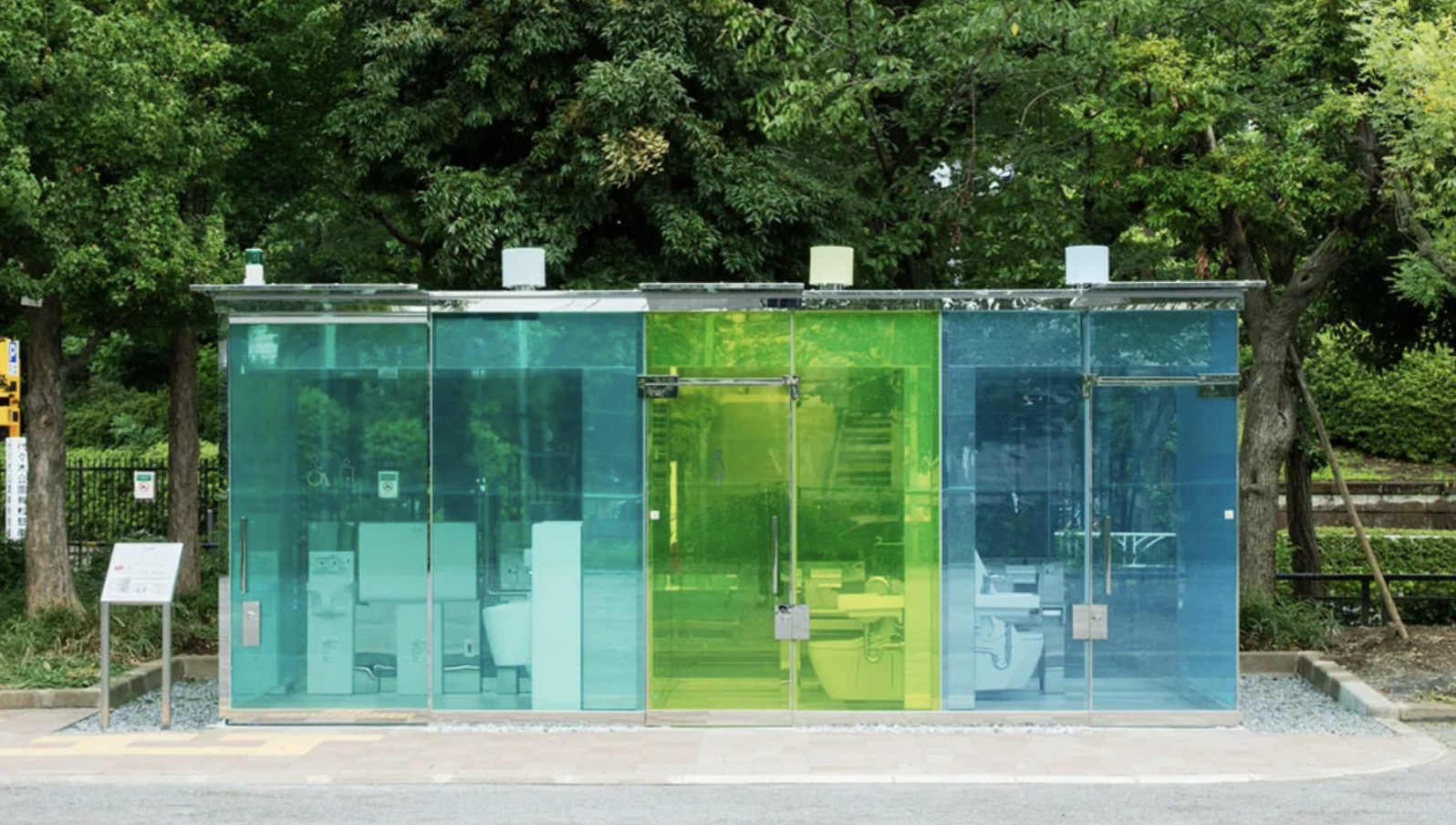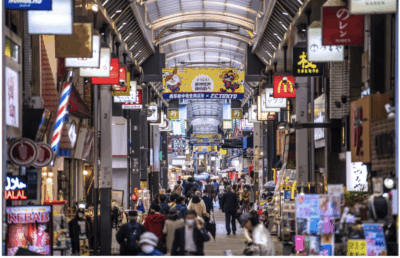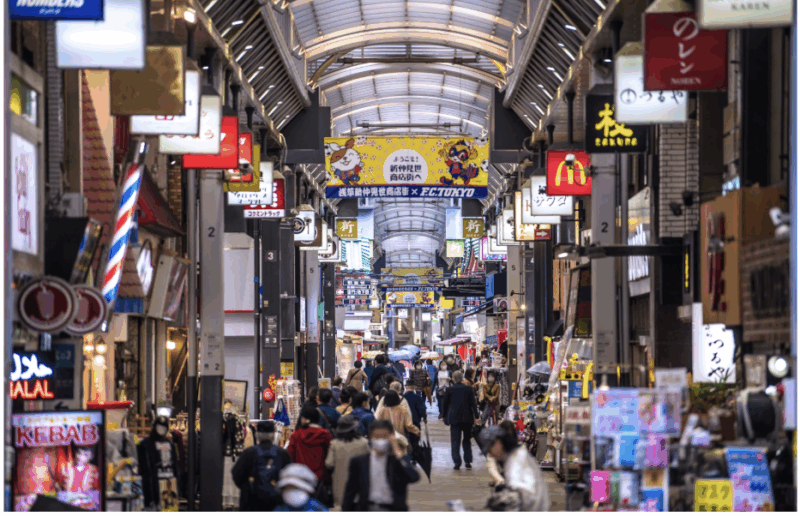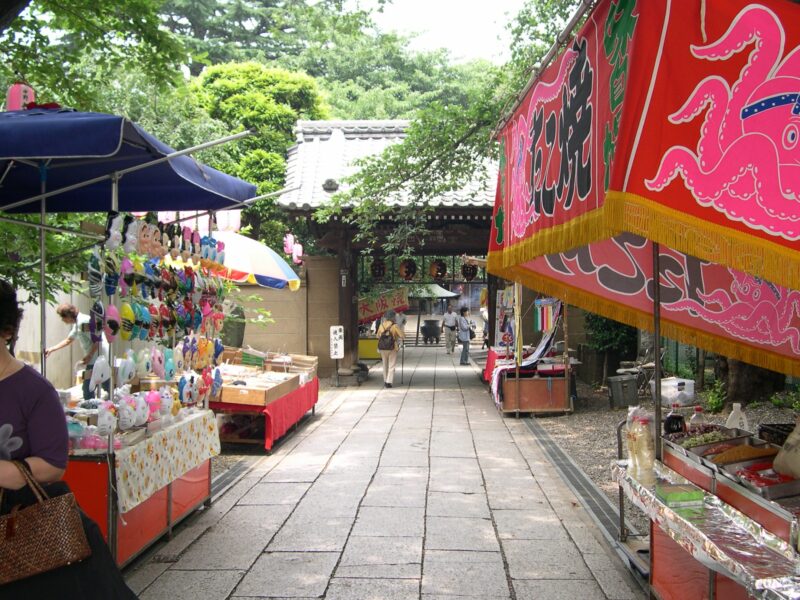Why Japan’s Public Toilets Are the Cleanest in the World

Japan is often praised for its cleanliness, and one of the most remarkable examples of this is its public toilets. Whether in train stations, department stores, or even parks, Japan’s public restrooms are known for their hygiene, high-tech features, and thoughtful design. This is a stark contrast to many other countries, where public toilets are often dirty, poorly maintained, and lacking in basic amenities. So, what makes Japan’s public toilets the cleanest in the world?
Cultural Emphasis on Cleanliness
One of the key reasons is Japan’s cultural emphasis on cleanliness. Cleanliness has been deeply rooted in Japanese society for centuries, influenced by Shinto beliefs that associate cleanliness with purity. Many Japanese people grow up with the idea that keeping shared spaces clean is a fundamental social responsibility. This mindset extends to public restrooms, where people are expected to leave the space as clean as they found it—or even cleaner.
High-Tech Innovation
Another reason for Japan’s exceptionally clean toilets is its advanced technology. Japanese toilets, especially in major cities, are often equipped with bidet functions, heated seats, automatic flushing, and even self-cleaning mechanisms. Brands like TOTO and Panasonic have developed high-tech toilets that ensure a comfortable and hygienic experience. In some places, there are even touchless doors and sinks to minimize the spread of germs.
Dedicated Maintenance
Japan also invests heavily in the maintenance of public toilets. In many cities, restrooms are cleaned multiple times a day by professional staff. Unlike in some other countries where maintenance can be inconsistent, Japan ensures that public toilets remain in excellent condition through regular inspections and cleaning. Government initiatives and private businesses alike understand that clean toilets improve public satisfaction and reflect positively on their establishments.
Thoughtful Design and Accessibility
Public toilets in Japan are also designed with user comfort in mind. Many facilities include separate stalls for people with disabilities, baby-changing stations, and even gender-neutral restrooms. Some restrooms provide additional conveniences, such as free sanitary products for women or special urinals for children. The design is not just about cleanliness but also about ensuring a comfortable and inclusive experience for all users.
A Personal Experience: The Shock of Using Public Toilets Abroad
As a Japanese person, I didn’t realize how exceptional Japan’s public toilets were until I traveled abroad. During my first trip to Europe, I was shocked by the state of many public restrooms. In some places, I had to pay to use the toilet, and even then, they were often dirty, lacked toilet paper, or had broken locks. In the U.S., I encountered restrooms where there was no soap, no hand dryers, and even no toilet seats in some cases. Finding a clean and well-maintained toilet while traveling became a challenge, something I had never experienced in Japan.
I quickly developed a habit of checking reviews before entering a public restroom, always carrying tissues and hand sanitizer with me. This was a major contrast to Japan, where I never had to worry about whether a toilet would be clean. This experience made me appreciate just how much effort Japan puts into maintaining high standards for public restrooms.
The Role of Public Awareness and Respect
In Japan, people take pride in keeping public spaces clean, and this extends to toilets. It is common to see signs encouraging users to keep restrooms tidy, and people generally follow these guidelines. Public awareness campaigns and a strong sense of collective responsibility help maintain the cleanliness of public facilities. Even in crowded train stations or busy tourist areas, it is rare to find a dirty restroom.
Can Other Countries Follow Japan’s Example?
The question remains: can other countries achieve the same level of cleanliness in public toilets? While cultural attitudes and infrastructure may differ, there are some lessons that can be learned from Japan’s approach. Increasing investment in maintenance, promoting public responsibility, and integrating better design and technology can all contribute to improving restroom hygiene worldwide.
In conclusion, Japan’s public toilets are a reflection of the country’s commitment to cleanliness, innovation, and respect for shared spaces. For those visiting Japan, the experience of using a spotless, high-tech restroom is often a pleasant surprise. And for Japanese travelers abroad, it serves as a reminder of how much effort goes into maintaining this level of hygiene at home. Perhaps, with greater awareness and effort, other countries can work towards creating cleaner and more comfortable public restrooms for everyone.








